

Fusion energy research, especially in plasma science, has developed considerably over the past 50 years. Now the UKAEA’s ~£200M, four year LIBRTI programme aims to help industry achieve demonstrations of controlled tritium breeding in engineering scale mock-up experiments on a 14 MeV neutron source at Culham Campus, Oxfordshire. The programme will create not only the physical testbed, but also digital environments for multiphysics simulations, and a portfolio of collaborative research projects in the international community towards capabilities around predictable, controllable ways of generating the fuel required within a self-sustaining fusion fuel cycle.
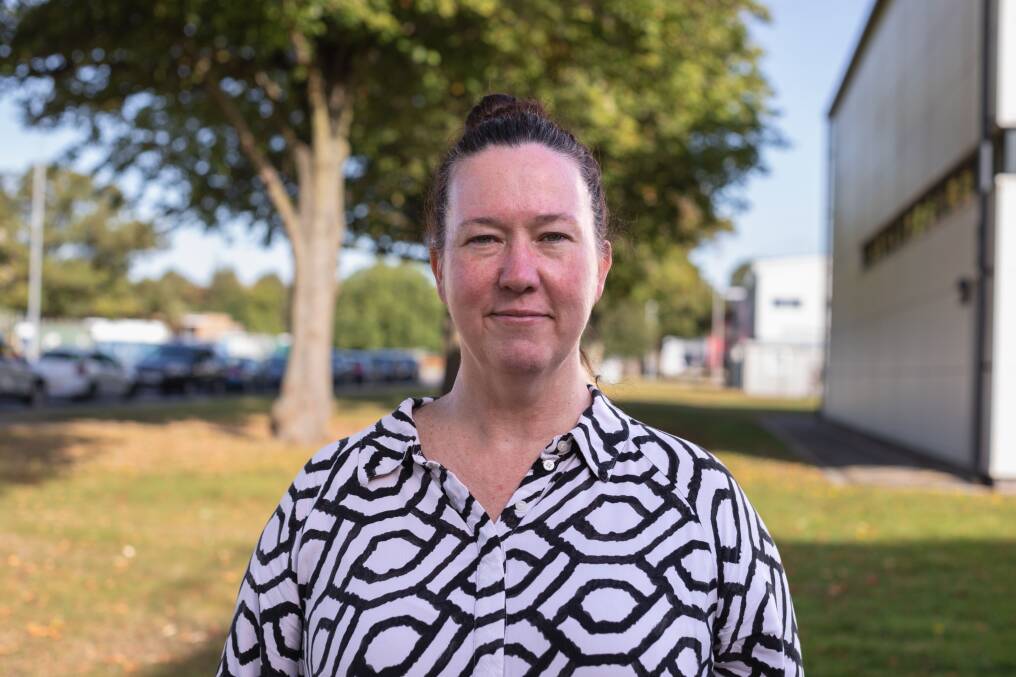
cover theory, experiment and digital efforts. It is intended to accelerate capability in the future LIBRTI supplier and user community. In parallel, the UKAEA has now launched a portfolio of internal feeder stream projects to develop suitable diagnostics, tritium transport models and improved materials and engineering options for LIBRTI. Some of these projects will operate via PhD and postdoc studies, or in collaboration partnerships arising from the extensive 2024 market engagement piece.
Behind the scenes, the team has moved the Culham Campus J4 building (a repurposed Joint European Torus asset) through RIBA stages 1 to 3, in preparation for a 2025 invitation to tender for the civils upgrade. A comprehensive digital strategy has been developed which will allow industry partners to create the building information management (BIM) system to operate in tandem with a central data architecture structure which enables multi-physics simulation modelling. This vision is led by John Norton, the LIBRTI Director who joined UKAEA in August 2024 and continues to play a role as co-Chair of the Nuclear Institute’s Digital Special Interest Group for the UK. Invitations to collaborate and tender will follow later in 2025.
LIBRTI will hold a Science Conference in the first half of 2025, to offer in depth communication on the experimental and theoretical philosophies underpinning the Programme. Future procurements will be listed on our UKAEA portal.
Wishing you all a fruitful year ahead.
We started this year with significant public announcements. After extensive market engagement in 2024, LIBRTI has completed the tender for a neutron source and will award SHINE Technologies (USA) the contract for both the procurement of an off the shelf 14 MeV deuterium-tritium system and an R&D pathway to test at least two different options for augmentation of that system. While the source is expected to be delivered to site in 2027, the parallel flux boost research will start off-site this year.
We’re also delighted to announce that £9M of research funding has been awarded via the competitive small scale tritium breeding experiments (mini feeders) call. This injection of funds into a community that is truly international and includes micro-enterprises through to global corporates, will
Organisations also included in these projects are Canadian Nuclear Laboratories, Commonwealth Fusion Systems, DigiLab, ENI, University of Bristol, University of Cambridge University of California Berkeley, University of Illinois Urbana and University of Oxford.
Project Name | Lead Organisation |
|---|---|
Development of a Liquid Lithium Digital Twin | Amentum Clean Energy Limited |
Studying the adequacy of 6LiD as a solid breeder material | Astral Neutronics Ltd |
TRIMAX (Tritium reactor integrated analysis experiment, multiphysics code) | Bangor University - Nuclear Futures Institute |
Correlation of scaled mock-ups to full-scale using multiphysics | IDOM UK Limited |
TRI-PRISM (tritium permeation real-time in-line sensor for monitoring) | Kyoto Fusioneering |
TriBreed (using High Flux neutron source facility at the University of Birmingham) | Lancaster University |
Breeder Agnostic Tritium Inventory Digital Twin System | Materials, University of Manchester |
Develop openTBB (Tritium Breeding Blanket) - multiphysics transport simulation | US university |
VICE (Quantification of uncertainties in tritium breeding in ceramics, manufacturing and testing) | Oxford Sigma |
Experimental programme including lithium impurity control, diagnostics and irradiation testing | Tokamak Energy |
Develop a small solid lithium ceramic breeder with in-line tritium detection capability for calibrated neutron sources | University of Birmingham |
Tritium breeding in FLiBe | University of Edinburgh |
LIBRTI facility
the composition of the structural wall steel alongside liquid lithium, shifts the emerging tritium output data.
Experiment based emerging models will represent the tritium output mechanisms of the particular engineering design in the experiment. The new models will reflect the breeder capability of the test system under neutrons but not the wider fusion environment which includes strong magnetic fields in true powerplant conditions. However, LIBRTI results will teach the fusion community about the degree of breeder control currently possible at subsystem scale and the gap to engineering control under neutrons, before electromagnetic, and other loads, bring more complex test environments. The need for rapid and substantial data capture makes reliability of LIBRTI’s neutron source critical and has led the programme to propose a commercially available neutron source, with continuous operation capabilities.
To support the development of a community which will use LIBRTI, the programme has awarded £9 million to multiple entities across the globe:
The evolving rationale for the science in LIBRTI is founded on the understanding that the amount of tritium obtained from a breeder blanket will depend in the first instance, on how its constituent lithium materials react with neutrons to create tritium. However, tritium output will also depend on operating conditions, the breeder materials’ composition and dimensions and how much tritium is held up by the engineered structure of the breeder along the way to the fuel recovery system. We need to establish just how much tritium each new breeder prototype will put out, for a given set of compositions and operating conditions. Physics-based research on tritium transport models (through materials) will allow LIBRTI to create digital simulations to determine the best experimental operating parameters to set up in the testbed facility. Iterative experiments will determine whether doubling the size of a breeder ceramic pebble, or halving the speed of a carrier gas, or changing
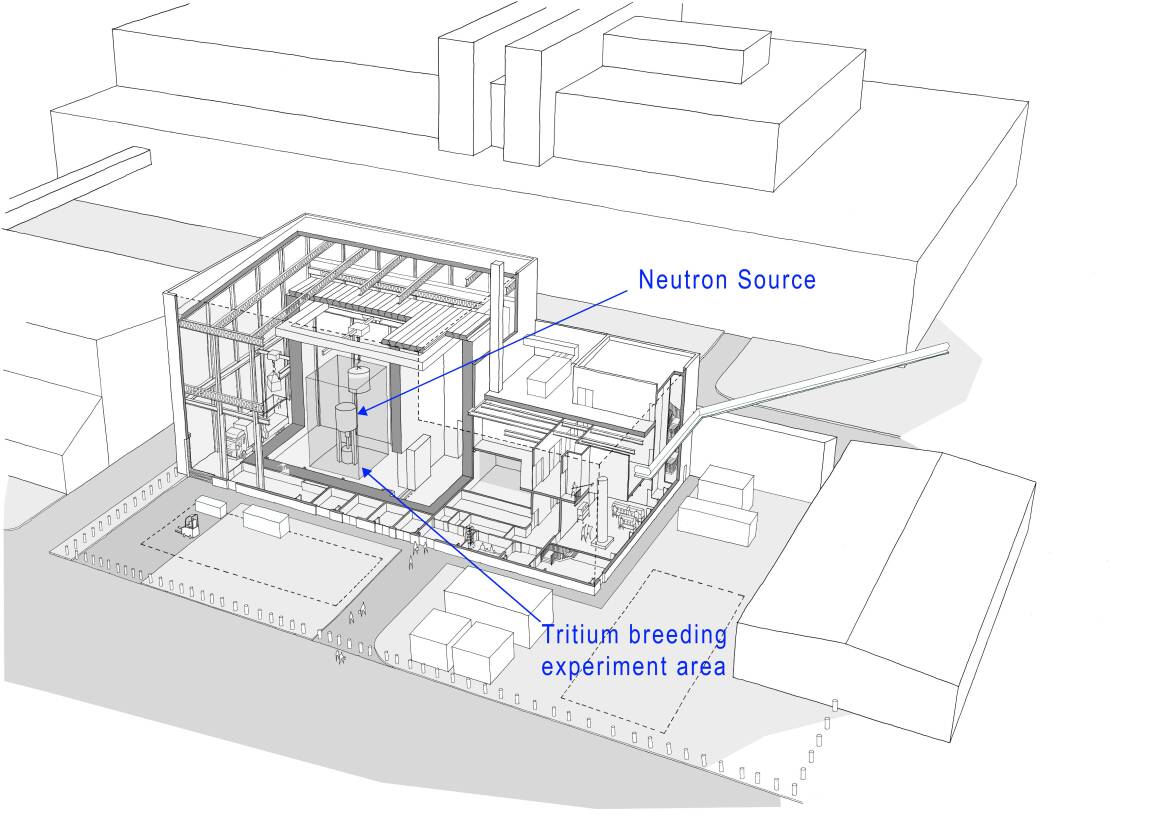
LIBRTI hopes to create a framework for engineering and digital providers to engage more as the facility development ramps up over the coming 24 months. More information will be shared via the UKAEA procurement portal in due course. Also look out for invitations to the LIBRTI 2025 Science Conference.
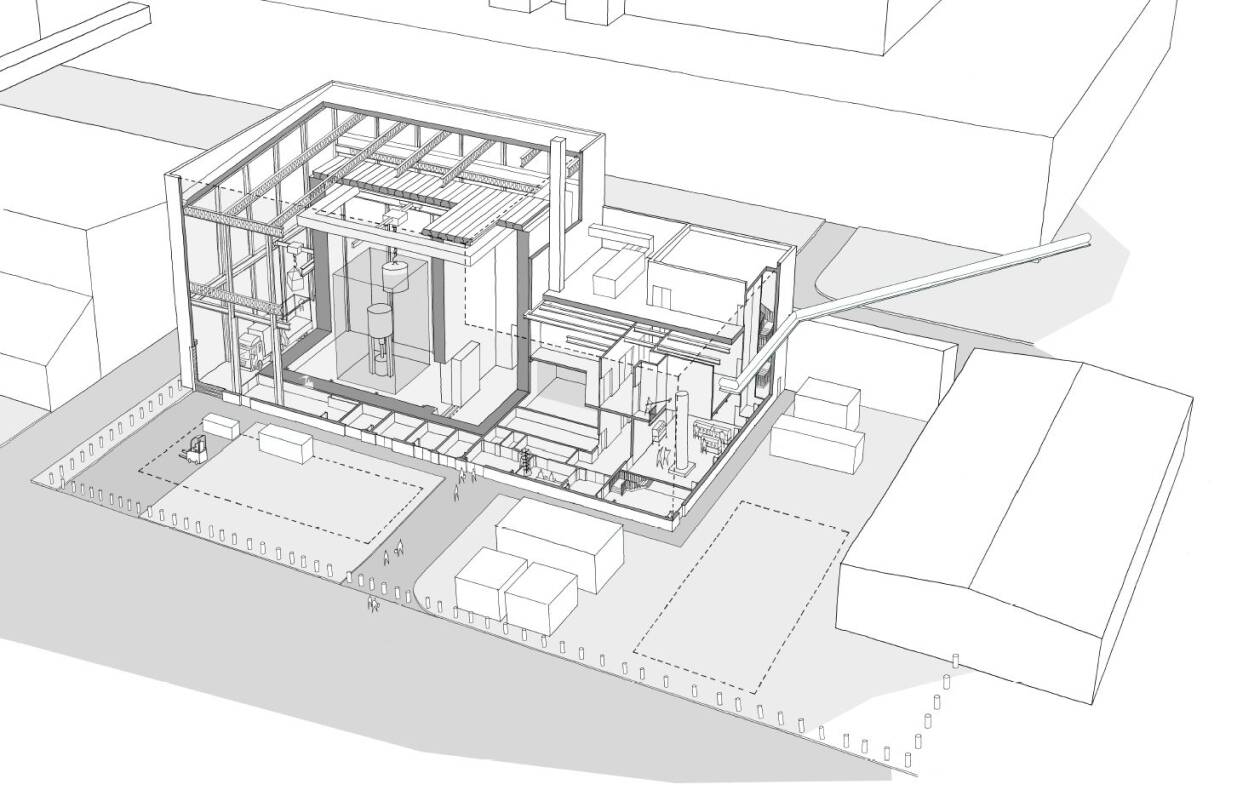

Fusion energy research, especially in plasma science, has developed considerably over the past 50 years. Now the UKAEA’s ~£200M, four year LIBRTI programme aims to help industry achieve demonstrations of controlled tritium breeding in engineering scale mock-up experiments on a 14 MeV neutron source at Culham Campus, Oxfordshire. The programme will create not only the physical testbed, but also digital environments for multiphysics simulations, and a portfolio of collaborative research projects in the international community towards capabilities around predictable, controllable ways of generating the fuel required within a self-sustaining fusion fuel cycle.
Behind the scenes, the team has moved the Culham Campus J4 building (a repurposed Joint European Torus asset) through RIBA stages 1 to 3, in preparation for a 2025 invitation to tender for the civils upgrade. A comprehensive digital strategy has been developed which will allow industry partners to create the building information management (BIM) system to operate in tandem with a central data architecture structure which enables multi-physics simulation modelling. This vision is led by John Norton, the LIBRTI Director who joined UKAEA in August 2024 and continues to play a role as co-Chair of the Nuclear Institute’s Digital Special Interest Group for the UK. Invitations to collaborate and tender will follow later in 2025.
LIBRTI will hold a Science Conference in the first half of 2025, to offer in depth communication on the experimental and theoretical philosophies underpinning the Programme. Future procurements will be listed on our UKAEA portal.
Wishing you all a fruitful year ahead.
We started this year with significant public announcements. After extensive market engagement in 2024, LIBRTI has completed the tender for a neutron source and will award SHINE Technologies (USA) the contract for both the procurement of an off the shelf 14 MeV deuterium-tritium system and an R&D pathway to test at least two different options for augmentation of that system. While the source is expected to be delivered to site in 2027, the parallel flux boost research will start off-site this year.
We’re also delighted to announce that £9M of research funding has been awarded via the competitive small scale tritium breeding experiments (mini feeders) call. This injection of funds into a community that is truly international and includes micro-enterprises through to global corporates, will cover theory, experiment and digital efforts. It is intended to accelerate capability in the future LIBRTI supplier and user community. In parallel, the UKAEA has now launched a portfolio of internal feeder stream projects to develop suitable diagnostics, tritium transport models and improved materials and engineering options for LIBRTI. Some of these projects will operate via PhD and postdoc studies, or in collaboration partnerships arising from the extensive 2024 market engagement piece.
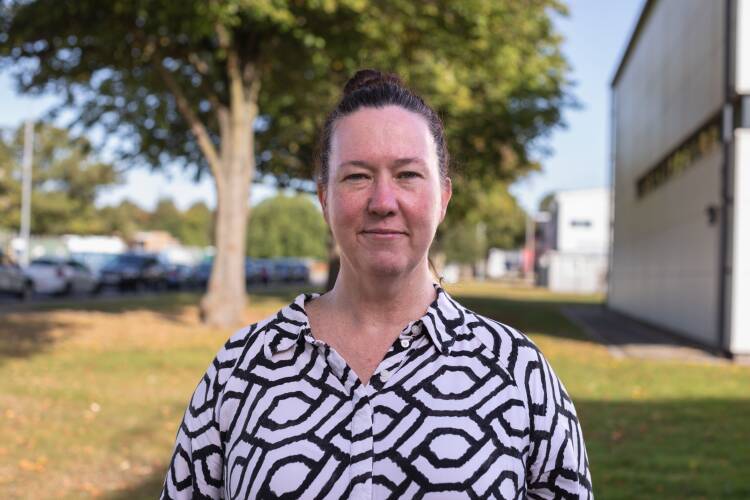
Organisations also included in these projects are Canadian Nuclear Laboratories, Commonwealth Fusion Systems, DigiLab, ENI, University of Bristol, University of Cambridge University of California Berkeley, University of Illinois Urbana and University of Oxford.
Project Name | Lead Organisation |
|---|---|
Development of a Liquid Lithium Digital Twin | Amentum Clean Energy Limited |
Studying the adequacy of 6LiD as a solid breeder material | Astral Neutronics Ltd |
TRIMAX (Tritium reactor integrated analysis experiment, multiphysics code) | Bangor University - Nuclear Futures Institute |
Correlation of scaled mock-ups to full-scale using multiphysics | IDOM UK Limited |
TRI-PRISM (tritium permeation real-time in-line sensor for monitoring) | Kyoto Fusioneering |
TriBreed (using High Flux neutron source facility at the University of Birmingham) | Lancaster University |
Breeder Agnostic Tritium Inventory Digital Twin System | Materials, University of Manchester |
Develop openTBB (Tritium Breeding Blanket) - multiphysics transport simulation | US university |
VICE (Quantification of uncertainties in tritium breeding in ceramics, manufacturing and testing) | Oxford Sigma |
Experimental programme including lithium impurity control, diagnostics and irradiation testing | Tokamak Energy |
Develop a small solid lithium ceramic breeder with in-line tritium detection capability for calibrated neutron sources | University of Birmingham |
Tritium breeding in FLiBe | University of Edinburgh |
The evolving rationale for the science in LIBRTI is founded on the understanding that the amount of tritium obtained from a breeder blanket will depend in the first instance, on how its constituent lithium materials react with neutrons to create tritium. However, tritium output will also depend on operating conditions, the breeder materials’ composition and dimensions and how much tritium is held up by the engineered structure of the breeder along the way to the fuel recovery system. We need to establish just how much tritium each new breeder prototype will put out, for a given set of compositions and operating conditions. Physics-based research on tritium transport models (through materials) will allow LIBRTI to create digital simulations to determine the best experimental operating parameters to set up in the testbed facility. Iterative experiments will determine whether doubling the size of a breeder ceramic pebble, or halving the speed of a carrier gas, or changing
the composition of the structural wall steel alongside liquid lithium, shifts the emerging tritium output data.
Experiment based emerging models will represent the tritium output mechanisms of the particular engineering design in the experiment. The new models will reflect the breeder capability of the test system under neutrons but not the wider fusion environment which includes strong magnetic fields in true powerplant conditions. However, LIBRTI results will teach the fusion community about the degree of breeder control currently possible at subsystem scale and the gap to engineering control under neutrons, before electromagnetic, and other loads, bring more complex test environments. The need for rapid and substantial data capture makes reliability of LIBRTI’s neutron source critical and has led the programme to propose a commercially available neutron source, with continuous operation capabilities.
To support the development of a community which will use LIBRTI, the programme has awarded £9 million to multiple entities across the globe:
LIBRTI facility
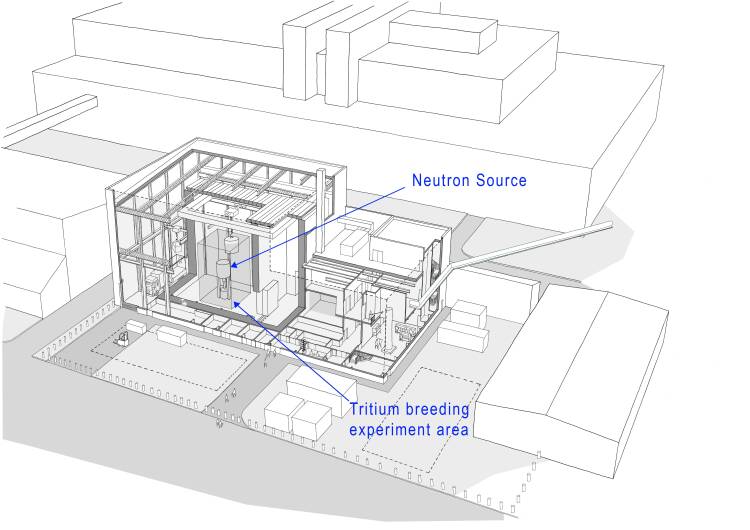
LIBRTI hopes to create a framework for engineering and digital providers to engage more as the facility development ramps up over the coming 24 months. More information will be shared via the UKAEA procurement portal in due course. Also look out for invitations to the LIBRTI 2025 Science Conference.